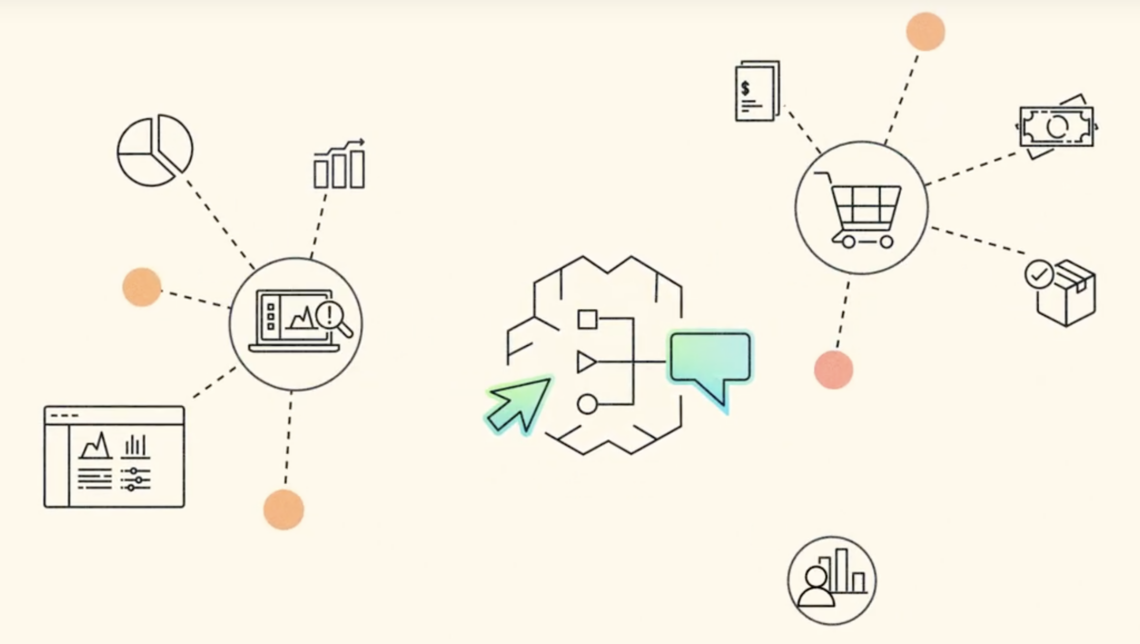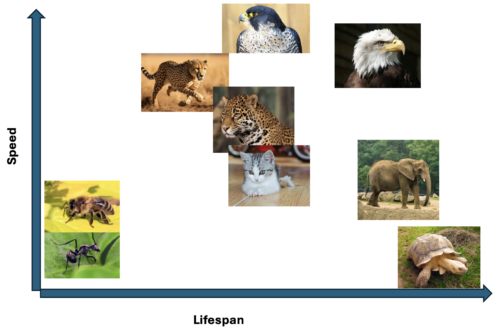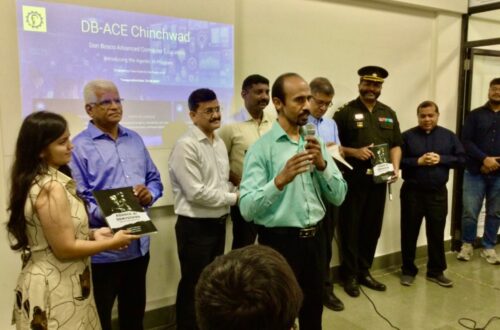If you are already familiar with the AWS landscape and want to get started with Agentic AI – look no further. Get started with Amazon Bedrock Agents. It’ll be way easier than you learning a completely new framework. This is of course NOT paid endorsement. I just want more people to get their hands dirty with Agentic AI rather than stand by and be a spectator saying to themselves “If only I knew Python”.
What is Bedrock Agents?
Bedrock Agents is an AWS-stack specific way of building out Agents and Workflows. Below is a diagram that we usually use to explain the different main components when building out solutions using Bedrock Agents.
- Foundational Models – You need LLMs to power your agents. Well, it’s easy to wire up a LLM to your agent. There’s no need to configure those pesky apikeys; just provide your Agent the right IAM permissions to access the model. Easy-peasy.
- Knowledge Bases: You do not need to setup your RAG pipeline using code. You can use the AWS Console to set up a Vector Store. You can easily hook it up to crawl from a website OR get info from Sharepoint, Confluence, etc.
- Memory: You get in-built short-term/conversational memory support plus memory summarization.
- Tools: You can use Lambdas (aka Serverless Functions) to create custom tools and attach them to your Agents.
- Flows: You can design a workflow graphically on the Flow canvas using one or more agents and optional tools to create an Agentic workflow.

(Image: From my book Agentic AI Demystified)
What do I like?
- The RAG pipeline is easy to setup and easy to hook up with the agents using Bedrock Flows.
- In Bedrock Agents, Tools are first-class citizens that as virtue of being Lambdas have full-fledged support. Think in terms of creation of multiple versions/aliases, ability to debug their execution in CloudWatch, pay-per-execution, reuse across Agents etc.
- Even without coding, someone with just basic cloud experience can configure simple Bedrock Agents.
- Programmatic Agent Invocation is possible. And Bedrock emits detailed sub-event traces like – model invoked, model response received, tool invoked, collaborator agent invoked, etc.
- Bedrock Agents, Flows, Tools have something in common. They ALL support versioning.
- AWS has support for Guardrails and Prompt Management.
- Lambdas can be written in Java, Go, PowerShell, Node.js, C#, Python, and Ruby.
- You do NOT need to deal with deployment related issues. You publish an Agent – it’s ready to use.
What I don’t like?
- It’s obviously tied to the AWS stack. Can you make a call to a non-Bedrock model? Yes, create your own lambda. Can you use your non-AWS vector store? Yes, create your own lambda. But of course, it favors the AWS stack.
- The GUI currently does NOT sport ready-to-use “tools” like say Langflow does. (Yes, I’m aware of Lambda Blueprints. But it’s not the same.)
- This is minor and maybe it’s just me. But those hyper-active “here-I-am-again” LHS and RHS sidebars on the Agents pages keep getting in my way. I’d like a way to keep them permanently collapsed.
Summary
If you are already familiar with AWS, this is a neat place to start your Agentic AI journey. Don’t know Python? No worries. You can create Lambdas in 6 other languages as well. For folks completely new to AWS, you will benefit from reading up on IAM & CloudWatch basics before you can extract most value from this offering. Read my first chapter for free and then start building on your AWS Free Tier account.
To make things real -> here’s a demo video of an AWS Certification Coach built by a team of my students on the Bedrock stack for AWS’s AI Agent hackathon.
Keep Learning! Keep Excelling!




